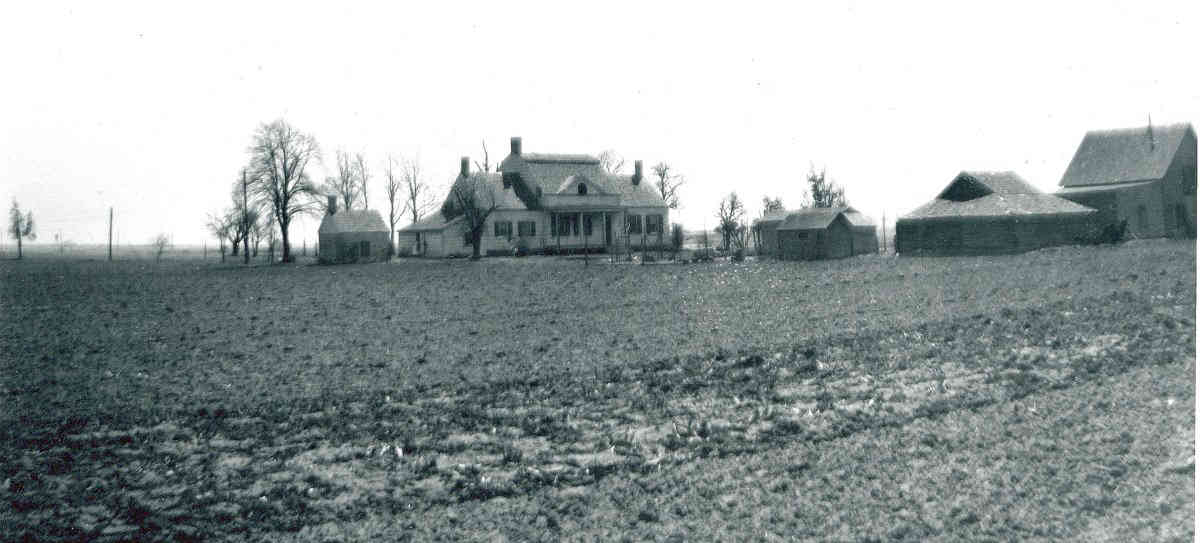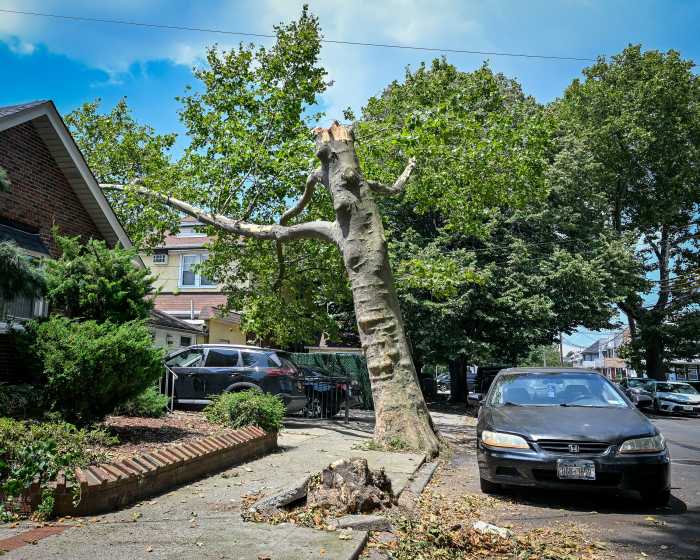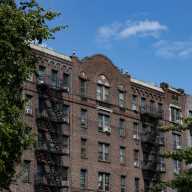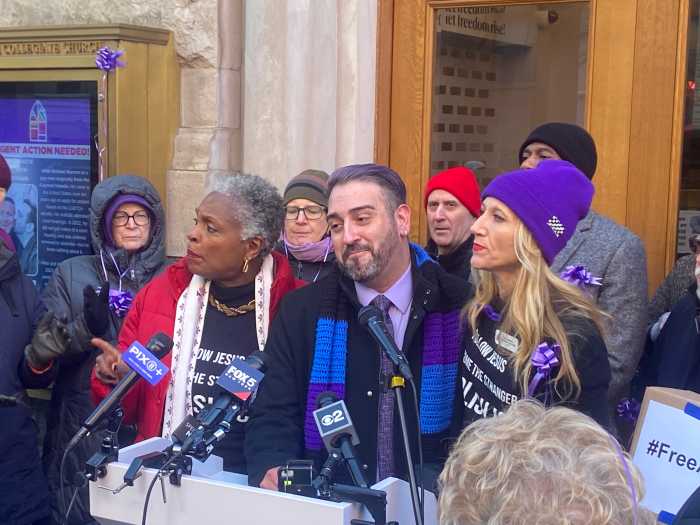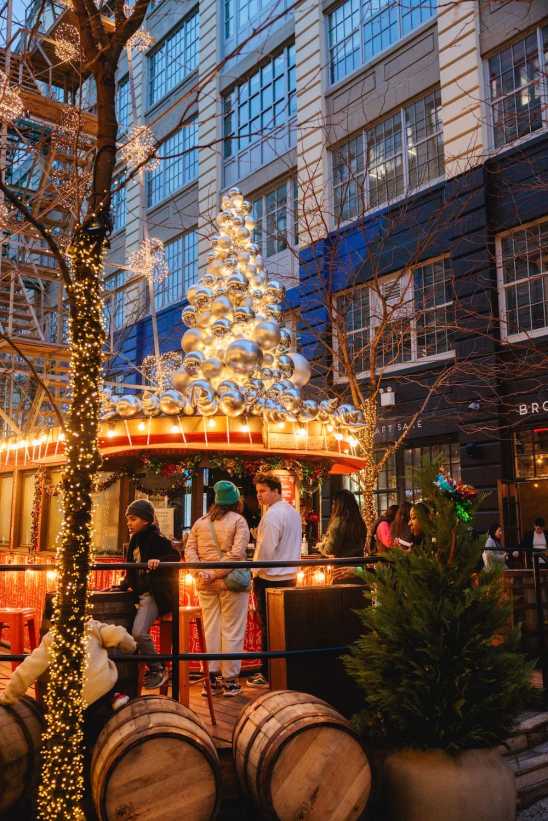There’s a Lott to see inside!
Marine Park’s first house will open its 298-year-old doors for a handful of public tours next month, as part of the Archtober architecture festival. The Hendrick I. Lott House was built in 1720 by Dutch immigrant family the Lotts, and it stood firm while the neighborhood changed from pastoral farmland to a suburban neighborhood. The historic farm, and others like it, were the backbone of the city’s development, said a local historical archeologist.
“Places like this are the only reason that New York City became the place it is today,” said Alyssa Loorya, who serves as vice-president of Friends of the Lott House, which helps preserve the landmarked property. “In order for the city to have focused on business and development going back to the founding of New Amsterdam, they needed agricultural support, they needed the farms in order to develop economically.”
Visitors will move through the original 1720s structure and into a larger section, built around 1800 by Hendrick Lott. In the older part of the house, the ceilings are very low and the rooms are humble, but once you cross the threshold into the newer section, the ceilings rise and the rooms become grander and more light-filled, thanks to the large windows. The interior grandeur goes against the expectations visitors have of a traditional farmhouse, said Loorya.
“When you come in the interior, you have a much grander house. It’s kind of like ‘Wow, not what I expected,’ ” she said.
Upstairs, the house reveals a secret closet within-a-closet, which might have been used to hide runaway slaves as part of the Underground Railroad, said Loorya. Hendrick Lotts freed his slaves in the early 1800s, well before most New Yorkers.

“When Hendrick took over the property from his father, he inherited his dozen slaves as well, around 1798, ’99, and by 1810, Hendrick has freed all the enslaved persons, so they go from being the largest slave-owning family in the historic town of Flatlands, to being the first to free the enslaved persons,” Loorya said.
The last inhabitant of the house, Ella Suydam, lived through dramatic changes in the area, and the interior has remained largely untouched since she passed away in 1989.
“She was born in the 1890s and raised on a farm and she saw this whole neighborhood grow up around her in less than ten years,” said Loorya. “By 1930 the population explodes, it goes from a little over 1,000 people to over 7,000 people, it’s this mass explosion over night.”
Loorya hopes that by opening up the house to the public, visitors will learn more about Brooklyn, and share their own stories of the area.
“We want to hear from you and record your stories by bringing the community in,” she said.
“Hendrick I. Lott House Exclusive Tours” at Hendrick I. Lott House [1940 E. 36th St. between Avenue S and Fillmore Avenue in Marine Park, (718) 375–2681, www.lotth



